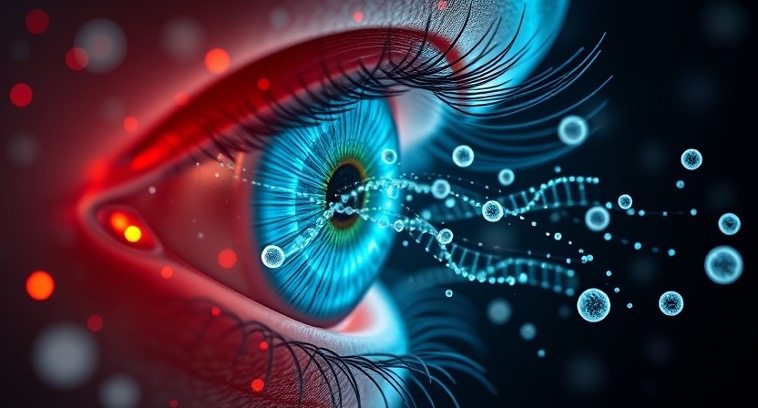Mutational map of extracellular and vescicular DNA and effects on horizontal gene transfer in Uveal Melanoma
| Titolo progetto | Mutational map of extracellular and vescicular DNA and effects on horizontal gene transfer in Uveal Melanoma |
| Codice del progetto | P2022TJ948 |
| Call / Bando | PRIN: PROGETTI DI RICERCA DI RILEVANTE INTERESSE NAZIONALE – Bando 2022 PNRR |
| Settore ERC | Life Sciences |
| Ruolo Unict | Coordinatore |
| Durata del progetto in mesi | 24 |
| Data inizio | 30 novembre 2023 |
| Data fine | 30 ottobre 2025 |
| Costo totale | € 224.966 |
| Quota Unict | € 83.400 |
| Coordinatore | Università degli Studi di Catania |
| Responsabile per Unict | Prof. Marco Ragusa |
| Dipartimenti e strutture coinvolte | Dipartimento di Scienze Biomediche e Biotecnologiche |
| Altri partner: | Università degli Studi di Napoli Federico II Consiglio Nazionale delle Ricerche |
| Abstract |
|
Uveal Melanoma (UM) is a rare form of melanoma but the most frequent and aggressive primary ocular tumor in adults with about 50% of patients developing metastasis with fatal outcome notwithstanding medical treatment. UM shows a low mutational burden and just few mutually exclusive driver mutations with relevant diagnostic/prognostic significance occurring in patients. Unfortunately, UM biopsy is scarcely practicable as the tissue should be extracted from the eye after its enucleation, making a mutational screening for diagnosis unfeasible. Recently, the idea that cancer cells are able to release DNA in extracellular environment has been partially explored. The sequencing of extracellular DNA (exDNA) from biological fluids of patients can be exploited to identify mutations originating from tumor cells and, accordingly, carry out non-invasive mutational screening for diagnostics and prognostics. Furthermore, tumoral exDNA could be internalized by other cells of the parenchyma or stroma by modifying their genome and transcriptome, thus contributing to the molding of the tumor microenvironment. Based on these premises, we propose a project with twofold aim. 1) To detect UM driver mutations in 3 different biological fluids from UM patients (ie, serum, humor vitreous, humor aqueous) and their corresponding extracellular vesicle fractions by 2nd, 3rd generation sequencing methods and digital PCR. 2) To investigate whether and how UM cells can transfer their exDNA to cells belonging to tumor microenvironment and detect the functional effects. UM is particularly suitable for the proposed study because: a) given its anatomical location and invasive nature, UM may release DNA in different biofluids; b) it has few, high frequent mutations to be screened; c) biopsy is unfeasible for diagnosis; d) UM location, vitreal chamber, can be considered a small and nearly closed biological compartment, thus facilitating exDNA transfer. The project involves the use of different sequencing approaches, isolation of vesicles from human fluids and culture media, advanced imaging systems to trace the up-taking of vesicles and DNA, real-time or end-point functional assays to evaluate the cellular effects of exDNA on recipient cells. The expected results of the project will lay the foundations for the development of pre-designed panels for UM driver mutations to be tested on exDNA from patients, enabling non-invasive diagnostic and prognostic approaches. Among the sequencing technologies adopted, we will also include Nanopore, a rapid, easy-to-interpret and low-cost technology, which would make this type of analysis approachable for all public and private health facilities equipped with a basic molecular biology laboratory. Finally, understanding the phenomenon of horizontal gene transfer associated with a neoplastic phenotype would allow to reveal unknown mechanisms that UM cancer cells engage in order to modify and take advantage of the tumor microenvironment. |
| Keywords |
| Uveal melanoma, mutations, Extracellular Vesicles |
 |